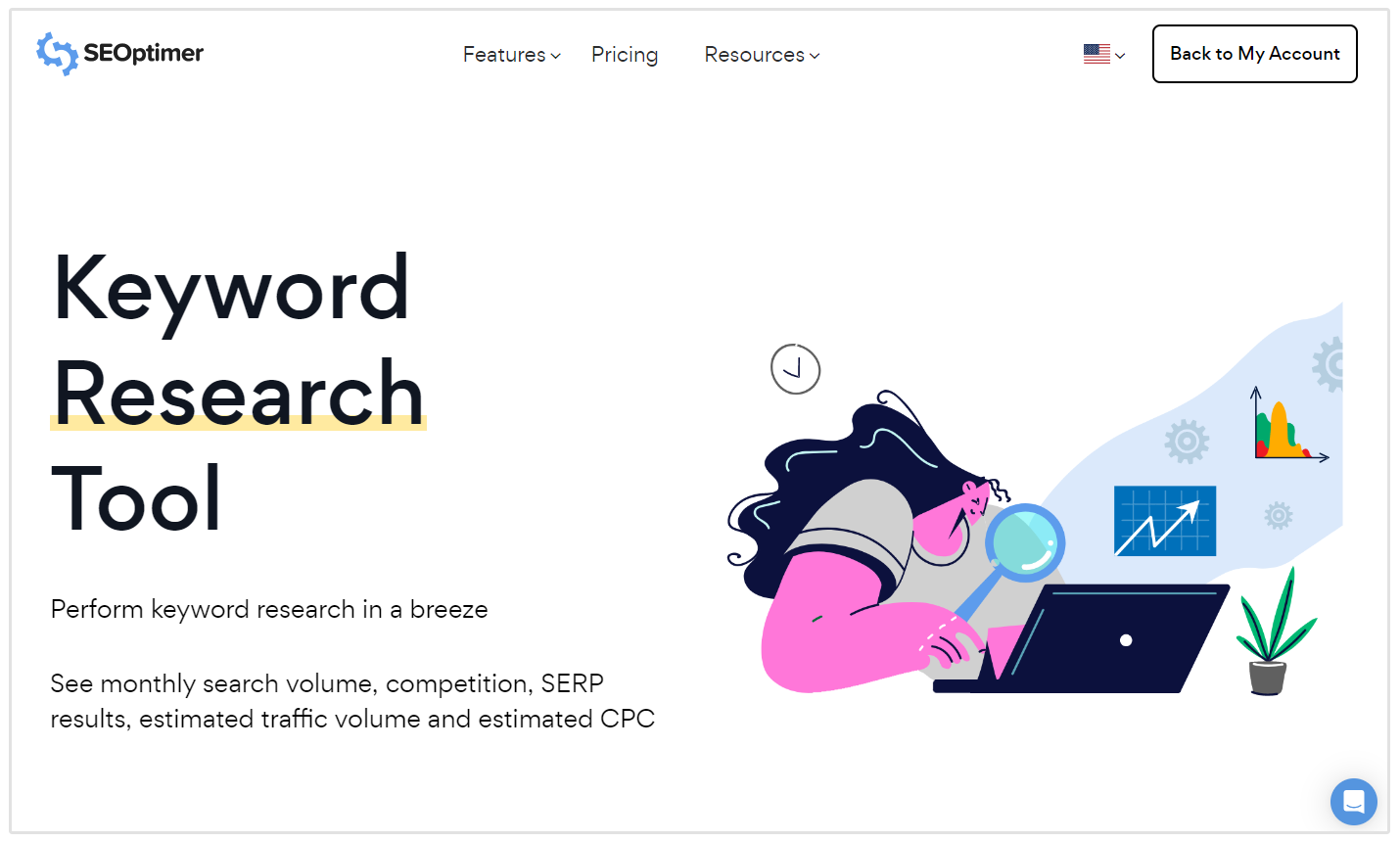Recognizing Secondary Dimensions in Google Analytics: What is a Secondary Dimension and How It Improves Data Evaluation
Recognizing Secondary Dimensions in Google Analytics: What is a Secondary Dimension and How It Improves Data Evaluation
Blog Article
Using the Power of Secondary Dimension in Google Analytics to Refine Your Marketing Strategy and Drive Outcomes
Leveraging the power of additional measurements within Google Analytics opens up a world of opportunities for marketing professionals seeking to gain much deeper understandings into user habits and tailor their projects with accuracy. The prospective to gauge campaign effectiveness with a granular lens even more stresses the significance of utilizing this tool to drive success.
Understanding Secondary Measurements
When analyzing data in Google Analytics, recognizing secondary measurements is essential for acquiring much deeper insights into customer habits and web site efficiency. Key measurements offer basic info such as the variety of individuals or sessions, yet second dimensions offer a more detailed view by allowing customers to segment and assess information further. By adding a secondary measurement, marketers can fine-tune their evaluation and discover valuable patterns that may have otherwise gone undetected.
Secondary measurements in Google Analytics can be applied to various metrics such as web traffic resources, individual demographics, and actions flow. By incorporating the primary measurement of 'touchdown web pages' with the secondary dimension of 'gadget category,' marketers can determine which devices are driving traffic to particular landing web pages (what is a secondary dimension in google analytics). This info can aid enhance website design and web content for far better individual experience across various gadgets
Studying Individual Behavior Patterns
To successfully recognize individual actions patterns, a comprehensive evaluation of information within Google Analytics is essential. By diving into customer actions patterns, marketing professionals can obtain useful understandings into how site visitors engage with their website, which web pages are most engaging, and where prospective traffic jams or drop-off factors may exist in the conversion funnel. Google Analytics offers a variety of devices to evaluate customer habits, such as behavior flow reports, event monitoring, and goal funnels.
Behavior circulation reports provide a visual depiction of exactly how customers navigate with the website, showing the most common paths customers take as well as where they drop off. Event tracking allows marketing experts to check details communications on the website, such as button clicks or video views, giving a deeper understanding of customer engagement. Goal funnels track the actions individuals take in the direction of completing a particular objective, highlighting locations for improvement in the conversion procedure.
Enhancing Target Market Segmentation
Upon analyzing customer habits patterns, marketing experts can better maximize their methods by enhancing target market division techniques in Google Analytics. Audience segmentation enables the classification of site site visitors into certain teams based upon numerous characteristics such as demographics, habits, and passions. By using Google Analytics' secondary measurements, marketing experts can refine these sectors even further to obtain deeper understandings into their audience's choices and actions.
Enhancing audience division allows marketers to create even more targeted and customized marketing projects. By identifying unique customer groups, marketing experts can tailor their messaging, material, and offers to much better reverberate with each segment's distinct features and needs. This level of customization can considerably improve interaction, conversion prices, and total advertising performance.
In addition, through improved target market division, marketing professionals can better comprehend the client trip and maximize touchpoints along the course to conversion. By evaluating just how various segments communicate with the site and advertising networks, marketers can determine possibilities to boost customer experience, address discomfort factors, and eventually drive even more conversions. Overall, refining audience division in Google Analytics is an effective approach for maximizing advertising performance and driving lasting service development.
Tailoring Advertising Campaigns
Marketers can maximize their advertising campaigns by tailoring content and messaging to match the special qualities and needs of certain target market segments. By leveraging understandings from additional measurements in Google Analytics, marketing professionals can gain a much deeper understanding of their audience's behavior, choices, and demographics.
Through the analysis of secondary dimensions such as web traffic resources, tools used, or geographic location, marketers can fine-tune their messaging to be much more impactful and appropriate. By customizing advertising and marketing projects based on insights from secondary dimensions, companies can optimize the performance of their efforts and inevitably drive far better ROI.
Determining Campaign Effectiveness

One vital facet of gauging campaign effectiveness is tracking conversions. By setting up goals in Google Analytics, companies can more info here check details activities taken by customers as an outcome of the project, such as buying or signing up for a newsletter. Understanding the conversion rate and the conversion path can provide valuable understandings into the efficiency of various marketing networks and messages.
Additionally, evaluating metrics such as click-through prices, bounce rates, and session period can assist marketing professionals examine customer interaction and the effect of the project on internet site web traffic. By integrating main metrics with secondary dimensions in Google Analytics, businesses can improve their marketing approaches, maximize project performance, and drive better outcomes.
Conclusion
To conclude, harnessing the power of second measurements in Google Analytics can offer valuable understandings into user actions patterns, improve target market division, tailor advertising and marketing projects, and action campaign effectiveness. By using this feature properly, services can improve their advertising and marketing techniques and drive better outcomes. It is crucial for marketing experts to utilize the data readily available with second dimensions to make additional resources enlightened decisions and maximize their campaigns for optimal impact.

Report this page